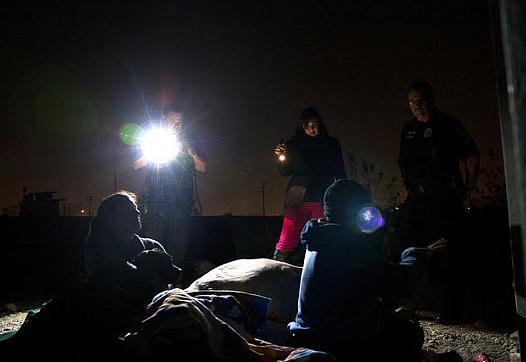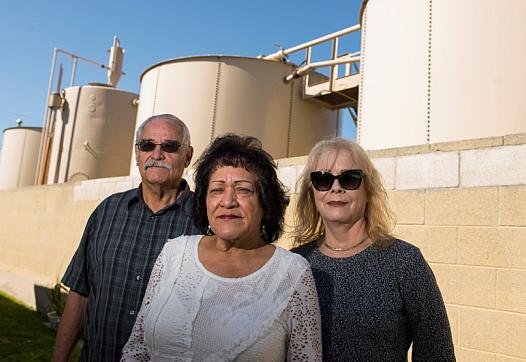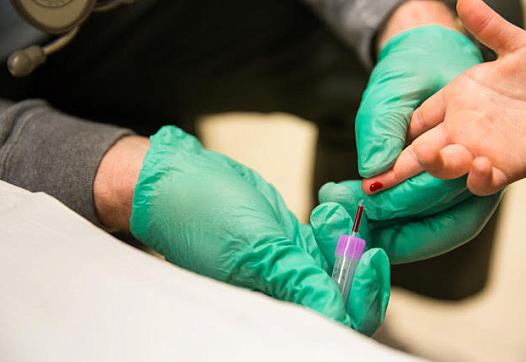
A data journalism project turns into a lesson in how even data from authoritative sources can be misleading.

A data journalism project turns into a lesson in how even data from authoritative sources can be misleading.
Due to lack of funding and stigma, law enforcement is often on the front lines for mental health crises and the aftermath of suicides in California's Mendocino County.

All reporting beats have learning curves, but covering health care is an especially tough assignment. Riddled with acronyms, thickets of policy and fast-changing politics, the beat is full of challenges. That’s true whether you’re covering a local hospital merger, rising premiums, or the latest twis

On the heels of the fellowship series "The Children of Central City," the New Orleans City Council recently approved a resolution calling for a citywide approach to childhood trauma.

Florencio Flores said he worries that the oil company doesn’t prioritize the community’s health because its equipment looks old and his complaints never seem to be taken seriously.

A family with a young child in Los Angeles found dangerous levels of lead in their rental. But they haven't been able to find another home in the region's extremely tight housing market.
![[Photo by Paul Sableman via Flickr.]](/sites/default/files/styles/teaser_list_thumbnail_large/public/title_images/unnamed_217.jpg?itok=fIYj_isW)
Folks in underserved New Jersey face adversities that few in America ever even have to think about. How can the state turn the corner in addressing epidemic levels of trauma?
In California's Mendocino County, startling rates of suicide highlight a severe lack of access to mental health care.
![[Photo by Rolf Blauert via Wikimedia Commons]](/sites/default/files/styles/teaser_list_thumbnail_large/public/title_images/unnamed_216.jpg?itok=6ieNRriG)
The stories are horrendous: babies born in hospital lobbies, doctors needlessly amputating limbs, and dying patients diverted from emergency rooms.
![[Photo by jmiller291 via Flickr.]](/sites/default/files/styles/teaser_list_thumbnail_large/public/title_images/unnamed_215.jpg?itok=_NszT-Ie)
Hundreds of Arkansas children are thrown behind bars every year. Most haven’t committed a violent crime. Worse, the conditions they face in detention are abysmal.